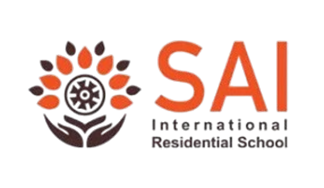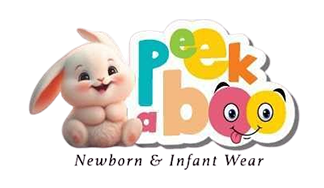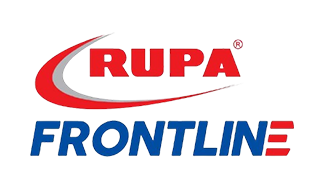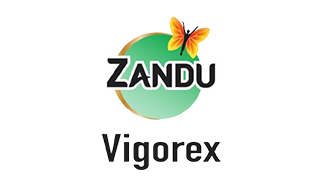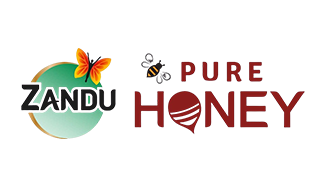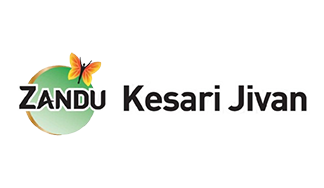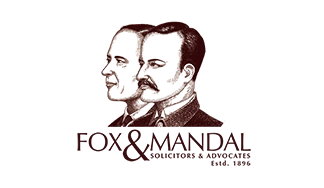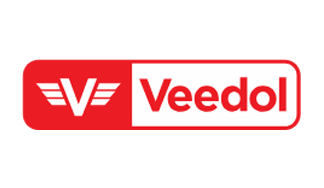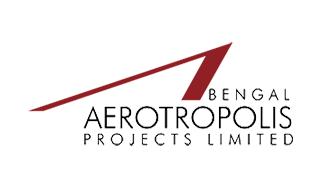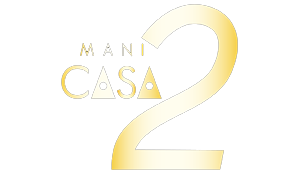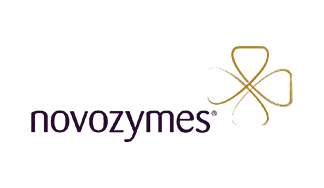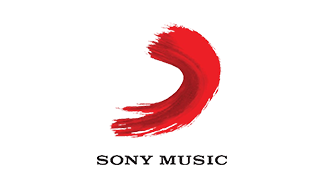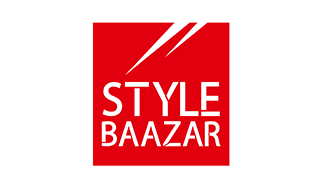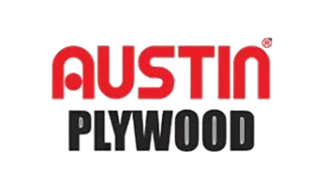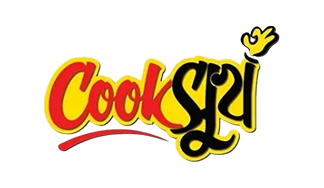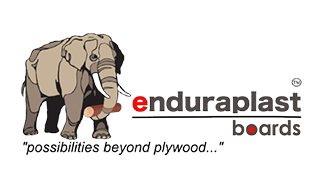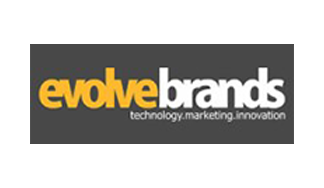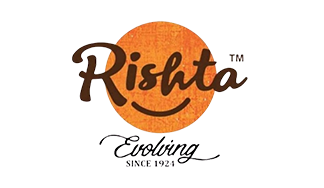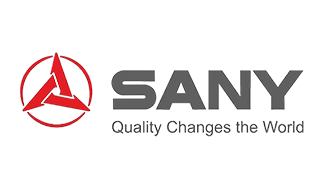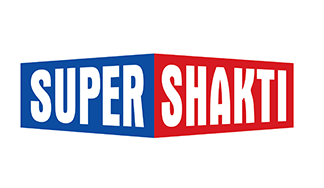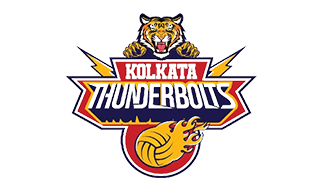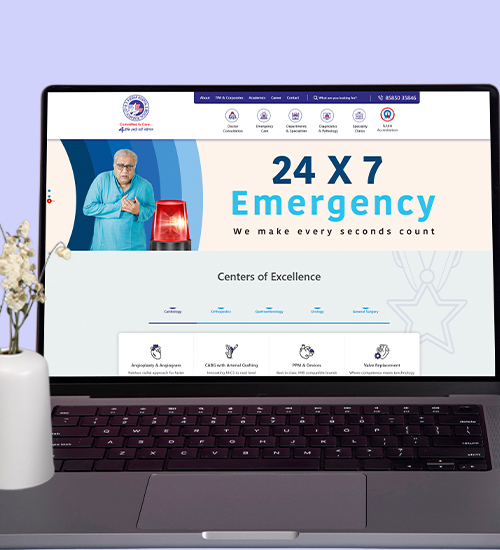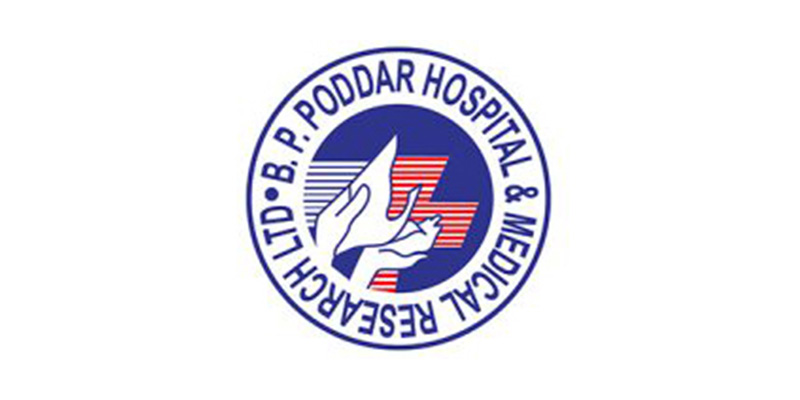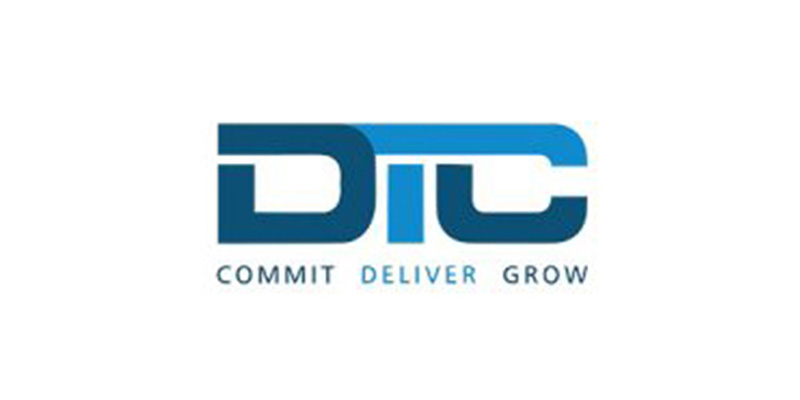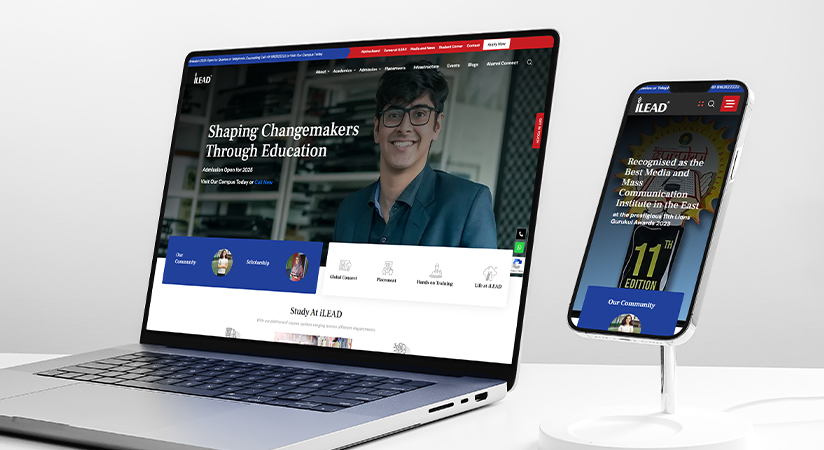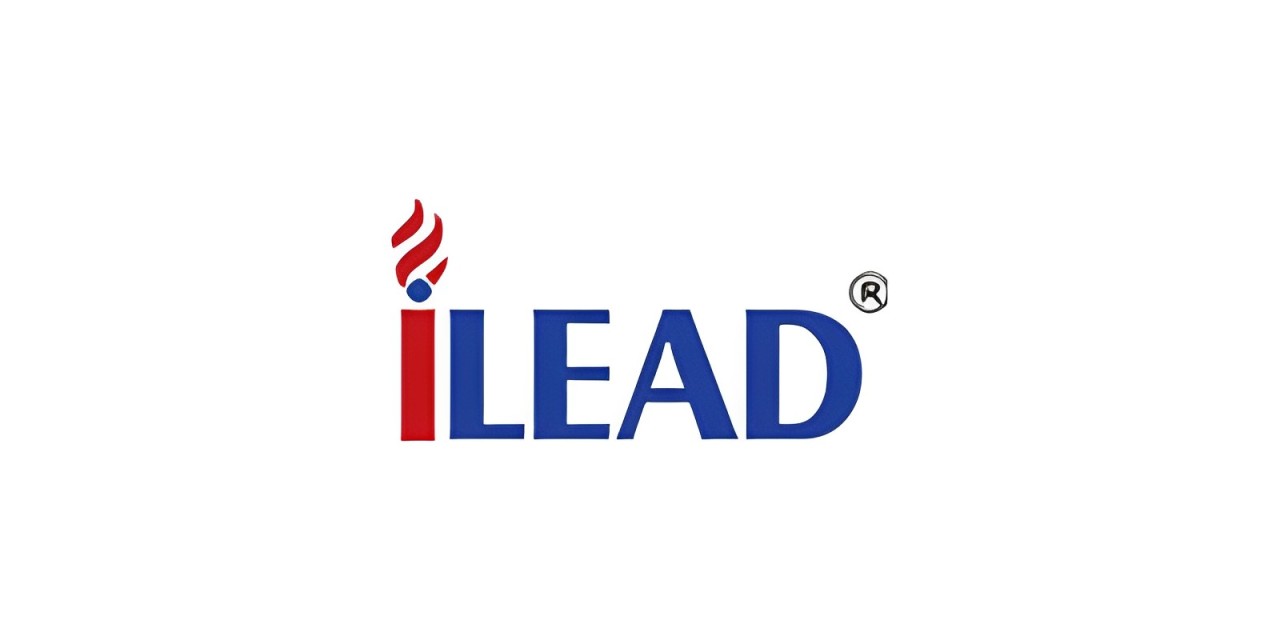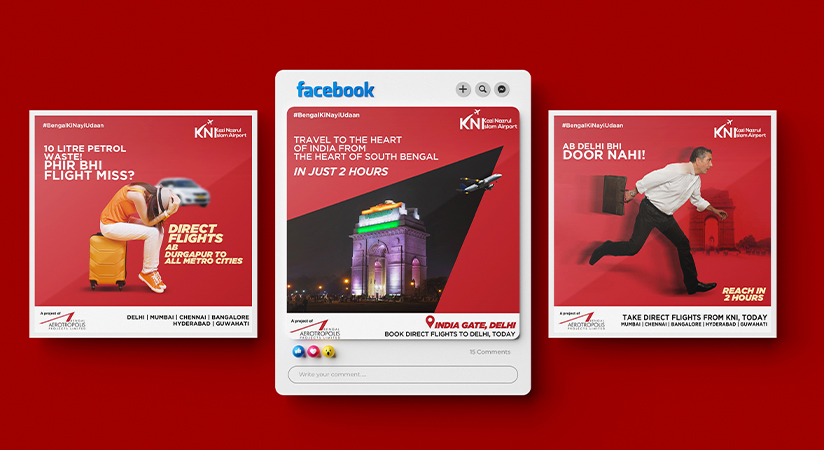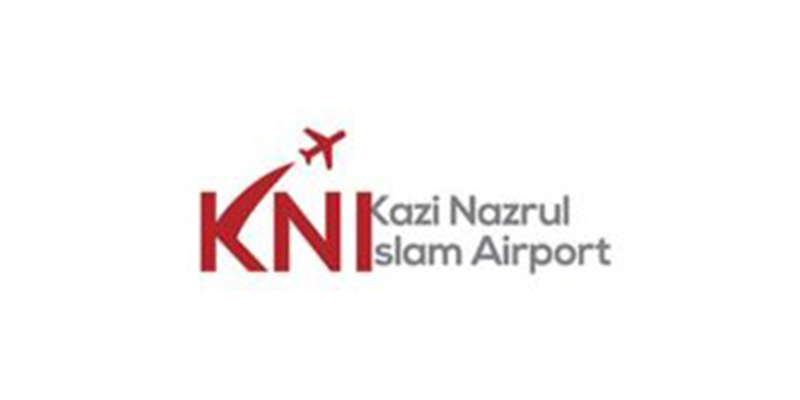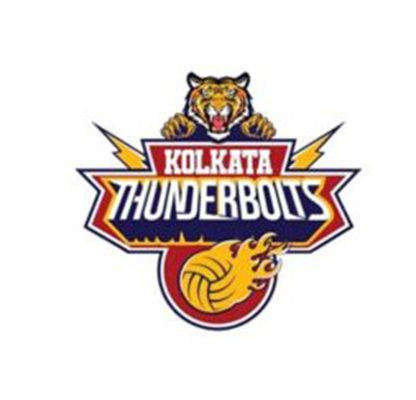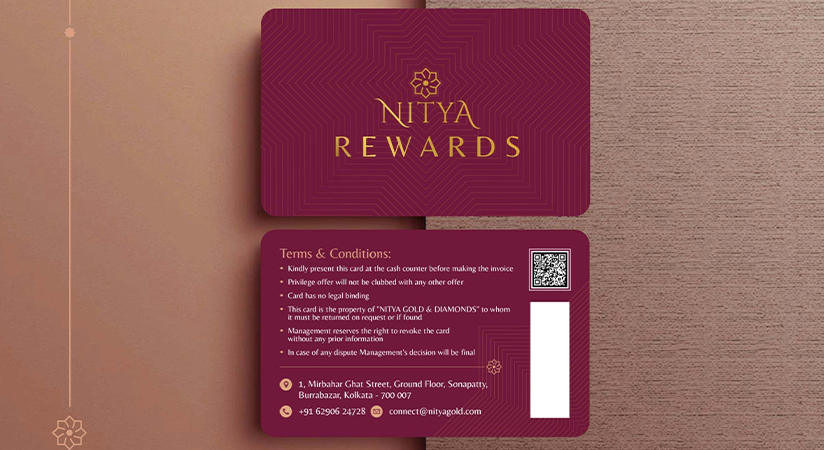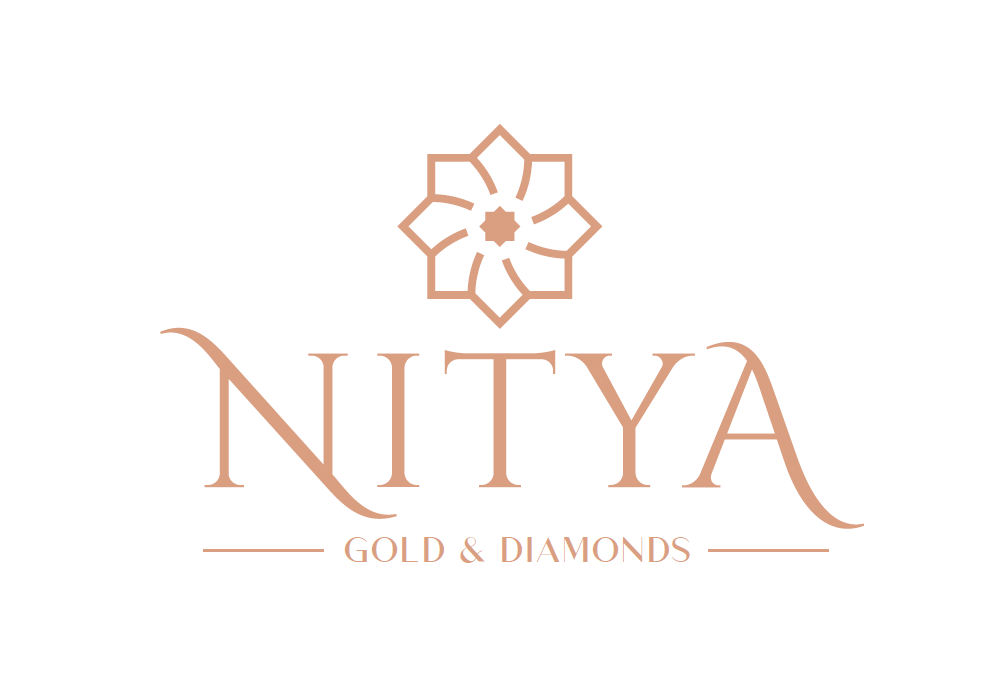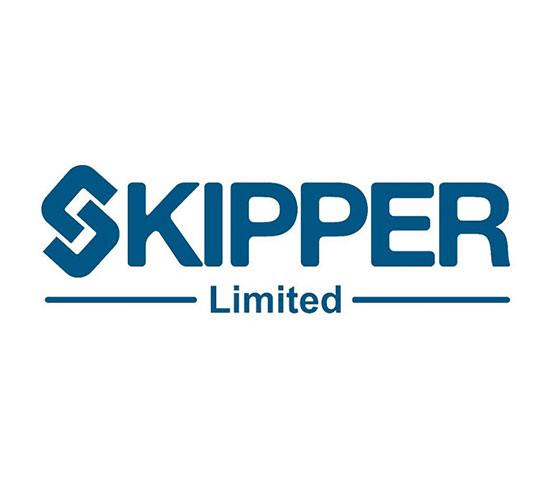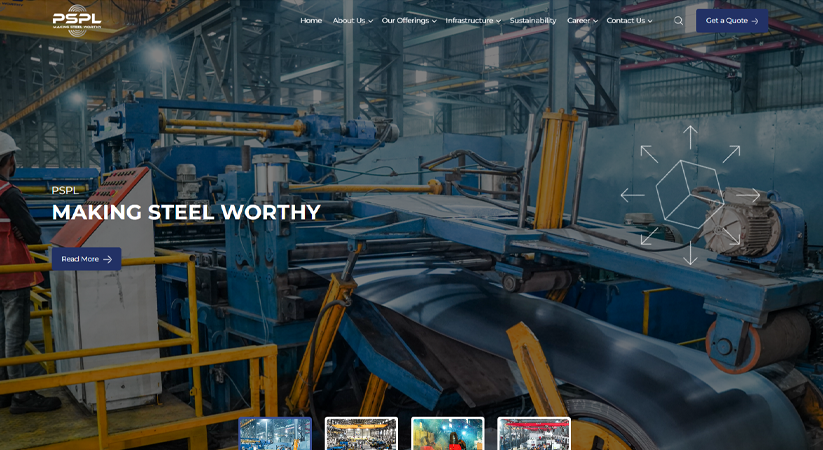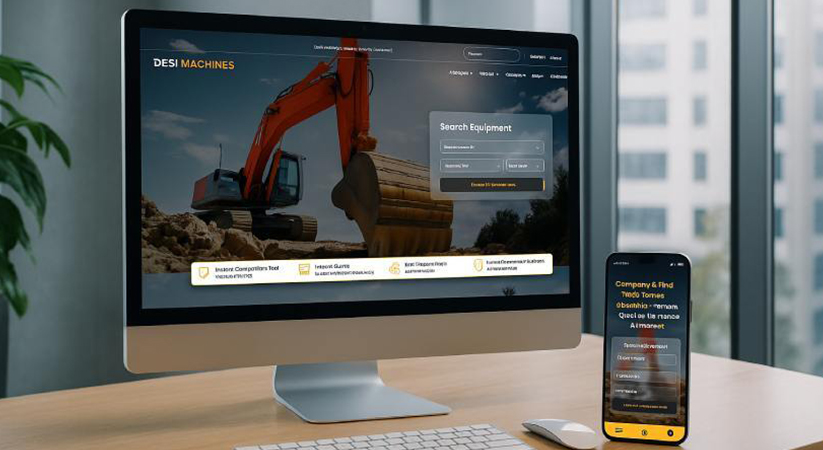Brand Identity
A brand identity is the first step towards creating a brand. It includes research and one-on-one interviews which lead to the selection of a unique nomenclature for the brand, which is followed by designing and developing the logo and brand identity kit.

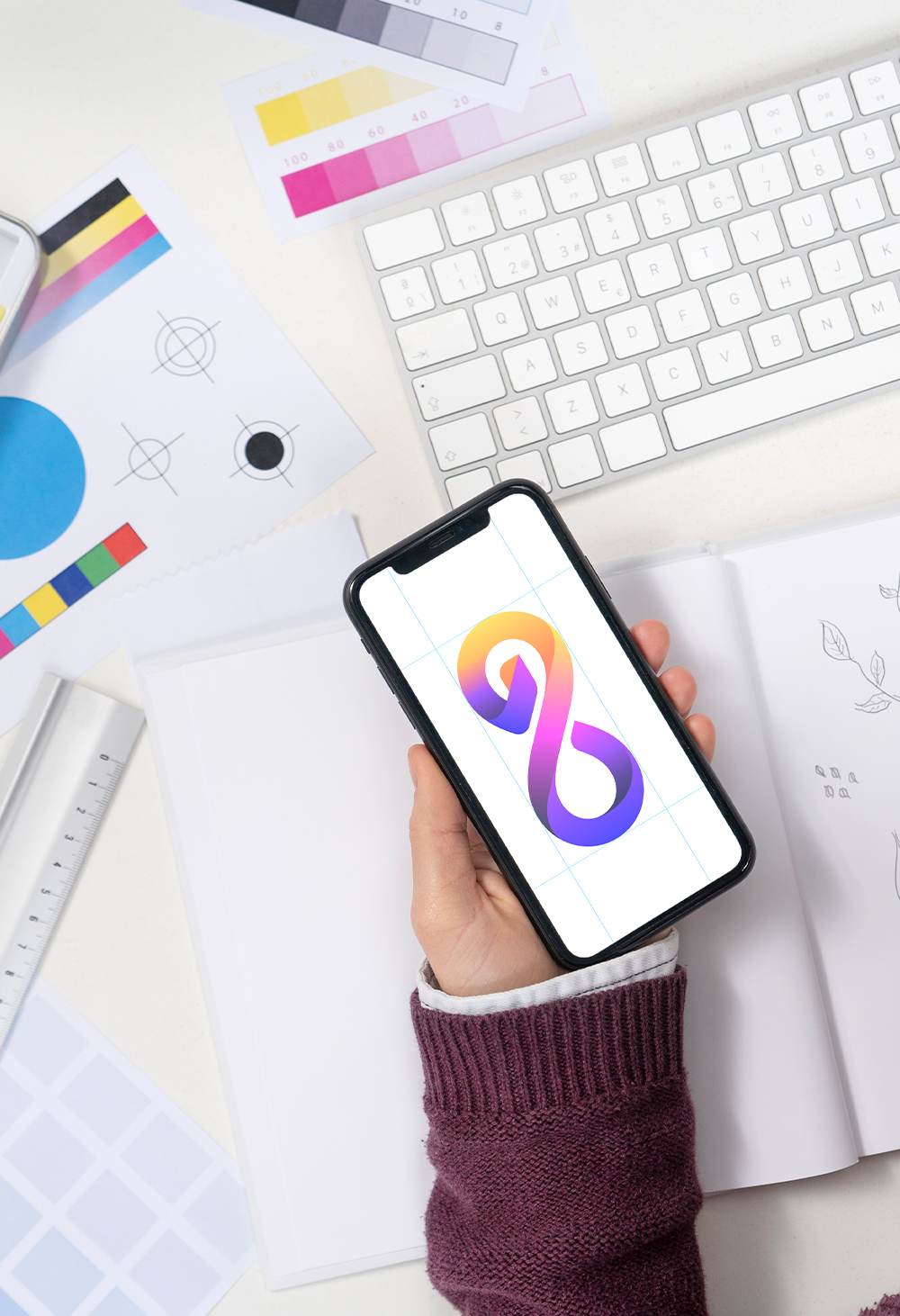
While the former is a strategy exercise which can be done in silo or in collaboration with the identity exercise. Brand name and logo need to be exclusive to ensure they stand out and cannot be proclaimed by another.
The identity is followed by a corporate kit which comprises elements such as business cards, letterheads, envelopes, templates, stationery, and others depending on the nature of the business. It is then followed by a brand manual or a guide which dictates the usage terms of the identity, and this becomes a reckoner for all those who collaborate with the brand.
Your journey from brand to BRAND

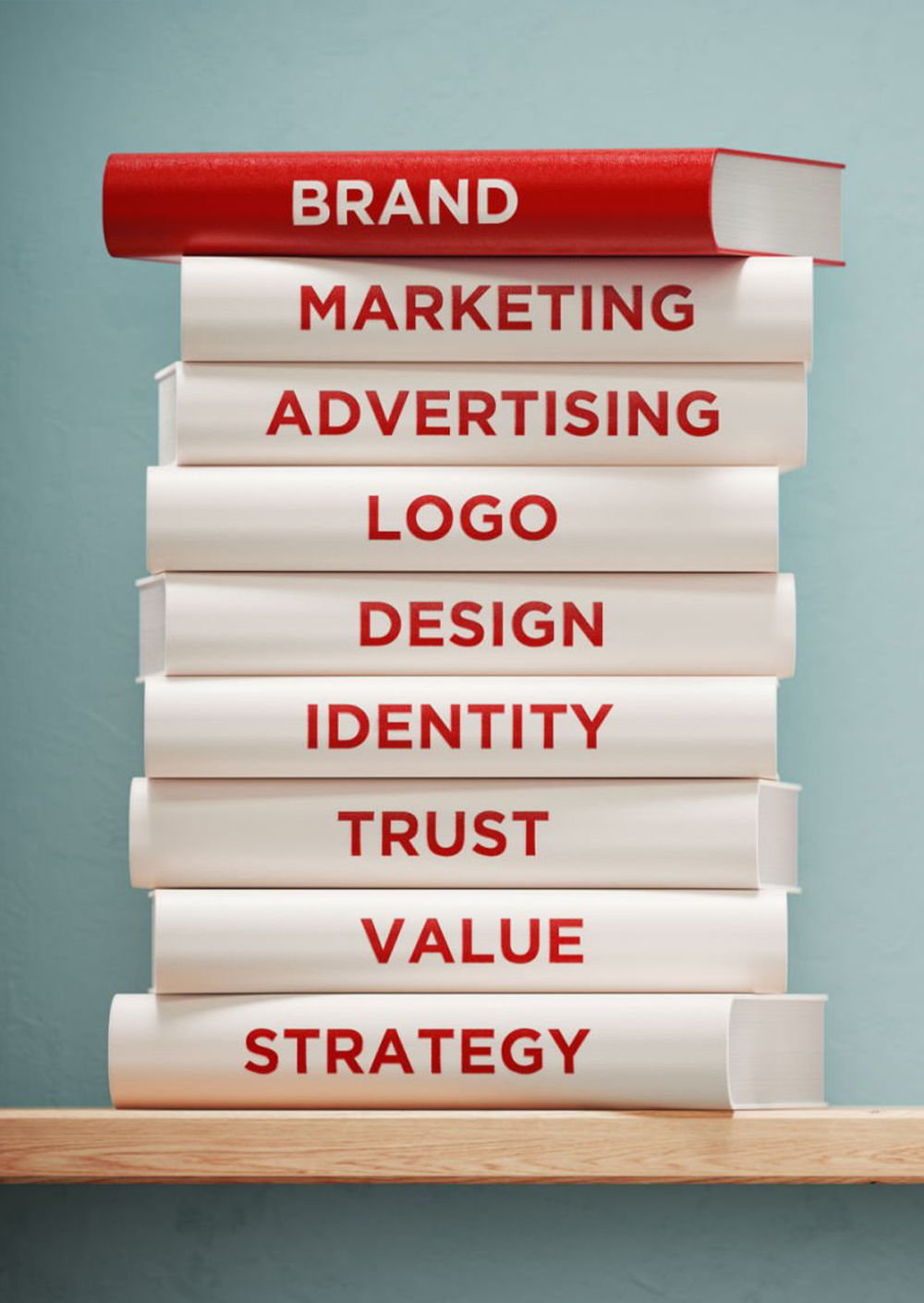
We design visual identities which are cohesive and foster brand consistency across touchpoints.
Our expertise extends to the visual domain, where we design a visual identity which is all cohesive, this includes logos, colour palettes, typography, and other visual elements that collectively create a strong and recognizable brand image, fostering brand consistency.
We offer clear brand guidelines for uniform and systematic application.
To ensure consistent and coherent brand application, we undertake the laborious activity of preparing comprehensive brand manuals and guidebooks. These guidelines serve as a roadmap for internal and external stakeholders, offering clear instructions on how to represent and communicate the brand across various channels and mediums.
Where Every Logo Tells A Success Story
Our 200+ Collaborations.
Empowering Diverse Industries With Integrated Marketing Solutions

IPO and Listed Companies
IPO companies mostly focus on acquiring the best possible stock price and attracting investor attention. And to gain that, it’s essential to create engaging storytelling that shares the brand’s mission, vision, and values. The narrative must adapt to changing business strategies, market conditions, and financial outcomes. This is where creative design becomes a valuable approach to sharing the right message with their audience that leaves a lasting impression.

Industrial Machinery & Equipment
In the industrial machinery and equipment sector, the real work is to share your vision in ways that build relationships with budget-conscious clients. In a market as hyper-competitive and value-driven as India’s, brands need to strategically promote their products and share their narratives through creative design. Because B2B decision-makers are actively searching for industrial machinery and equipment manufacturers that they can partner with for a long-term, not just a one-time product purchase.

Professional Services
Communication is the foundation for every business. The professional service sector often struggles to communicate with its audience due to industry-specific terminology and formal communication tone. Buyers nowadays look for products and services they can understand and relate to. For instance, when an audience purchases something, let’s say a watch or a bag, they can visually see the product, which influences their purchase decision. However, professional services like legal services, logistics, accounting and bookkeeping, and Project management are not visible, and the usage of technical terms makes it even more complicated.

Fashion & Lifestyle Brands
Today’s Indian consumers, especially Gen Z and millennials, seek more than just products—they want experiences and connections with brands that reflect their values, lifestyles, and aspirations. Creative Design acts as a guardian angel protecting businesses from falling behind in this evolving Fashion & Lifestyle industry.
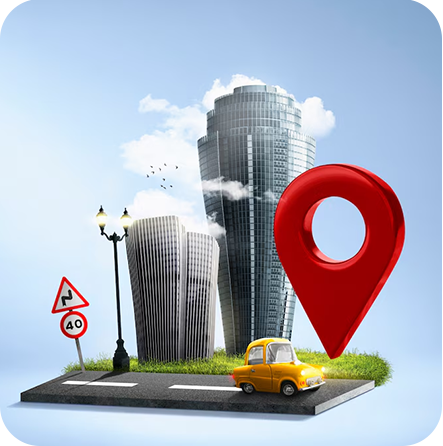
Real Estate
The first step to become successful in the real estate sector is by building connection, trust, and emotion with your customers. And nothing communicates these better than creative design. We belong to a generation, where it’s about “to be seen” or “to be forgotten”.

Real Estate
The first step to become successful in the real estate sector is by building connection, trust, and emotion with your customers. And nothing communicates these better than creative design. We belong to a generation, where it’s about “to be seen” or “to be forgotten”.
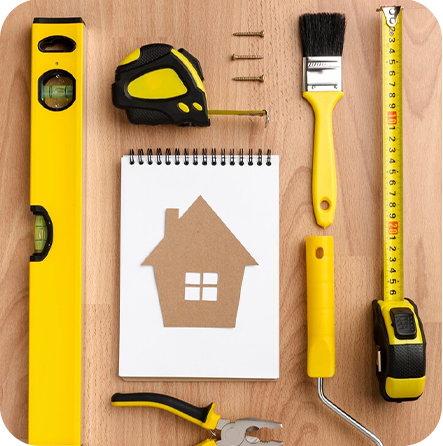
Construction & Building Materials
There is no denying that TMT rebar, cement, steel, plywood, or pipes are just materials required for the construction. So, why do some businesses in the construction and building material industry are more popular and have higher sales than the rest? Quality does make a difference, but even while offering similar or better quality, some establishments can’t meet their financial target. The answer lies in Branding. The story you narrate and the way you narrate can influence the sentimental value of your products to both buyers and consumers.

Fashion & Lifestyle Brands
Today’s Indian consumers, especially Gen Z and millennials, seek more than just products—they want experiences and connections with brands that reflect their values, lifestyles, and aspirations. Creative Design acts as a guardian angel protecting businesses from falling behind in this evolving Fashion & Lifestyle industry.

FMCG & FMCD
The fast moving consumer goods and consumer durable industry covers a significant portion of India’s economy. Whether it’s the small-scale purchase one makes from a thela or the monthly grocery shopping from the supermarket, consumer goods are an everyday need. But with the constant demands in the FMCG sector, the competition amongst brands is also high. There are multiple choices for a single product, so how can brands become the first choice for consumers?

Professional Services
Communication is the foundation for every business. The professional service sector often struggles to communicate with its audience due to industry-specific terminology and formal communication tone. Buyers nowadays look for products and services they can understand and relate to. For instance, when an audience purchases something, let’s say a watch or a bag, they can visually see the product, which influences their purchase decision. However, professional services like legal services, logistics, accounting and bookkeeping, and Project management are not visible, and the usage of technical terms makes it even more complicated.

Sports Leagues, Teams and Players
Visual noise has actually become a thing in today’s world! Digitalization has given the audience access to mass visual content. However, that doesn’t mean all of the visual content is engaging to the viewers. Sports leagues and teams, hence, must understand the value of good designs. Creative design is not just focused on how a banner, poster or jersey looks but also on the story it shares through it.

Industrial Machinery & Equipment
In the industrial machinery and equipment sector, the real work is to share your vision in ways that build relationships with budget-conscious clients. In a market as hyper-competitive and value-driven as India’s, brands need to strategically promote their products and share their narratives through creative design. Because B2B decision-makers are actively searching for industrial machinery and equipment manufacturers that they can partner with for a long-term, not just a one-time product purchase.

IPO and Listed Companies
IPO companies mostly focus on acquiring the best possible stock price and attracting investor attention. And to gain that, it’s essential to create engaging storytelling that shares the brand’s mission, vision, and values. The narrative must adapt to changing business strategies, market conditions, and financial outcomes. This is where creative design becomes a valuable approach to sharing the right message with their audience that leaves a lasting impression.
Client Happiness Speaks Volumes
Our Approach and Working Process
Promotedge conducts a comprehensive needs assessment, collaborates closely on business objectives, strategically designs marketing collateral, and ensures quality delivery through vendor partnerships.

Research and analysis
At the onset of brand identity, we deep dive into understanding the category and observing the other brands or competitors. A brand identity exercise is often preceded by a positioning activity, which sets the ideologies on which the identity is created. In case of no positioning activity, we analyse the brand purpose, objective, and derived nomenclature and prepare a brief.

Designing the logo
The design for the identity is then developed basis the derived brief. We decide on the important aspects of the identity such as mnemonic, fonts, icons, colours, and shapes, associated with the brand ideologies.

Extension of the identity
Once the design of the logo is complete, we prepare all associated tools and collaterals which give the shape of the identity. From stationery items such as business cards, letterheads, and envelopes, to extensive collaterals such as notepads, presentation slides and templates, to uniforms and glow sign boards, corporate identity kit can encompass various elements depending on the type of business, organization, or brand.

Manual
Once the logo and elements are locked in, we prepare a brand manual which explains the guidelines for the usage of the brand elements. It houses the dos and don’ts, the font details, and the brand colour codes in RGB, CMYK and Pantone codes. It gives a holistic knowledge that acts as a guide for all those who need to use the identity kit.
Our Approach and Working Process
Promotedge conducts a comprehensive needs assessment, collaborates closely on business objectives, strategically designs marketing collateral, and ensures quality delivery through vendor partnerships.
Importance of Brand Identity
One
Improves Recognition
When a brand maintains consistency through their logo, colour palette, and imagery, it creates an image of the brand to their audience which makes them more recognisable.
Two
Creates Differentiation
The voice, visual style, and messaging a company uses play a major role in shaping brand identity. It is what can make them different from their competitors.
Three
Facilitates Clear Communication
Clear communication is essential for every business to create an emotional connection with their customers. It gives clarity to your message so your audience can easily understand what you’re trying to convey.
Four
Builds Trust and Loyalty
A positive brand identity influences a customer’s perception of a company, their product and services. Your audience feels more connected to your brand, which increases trust and loyalty.





